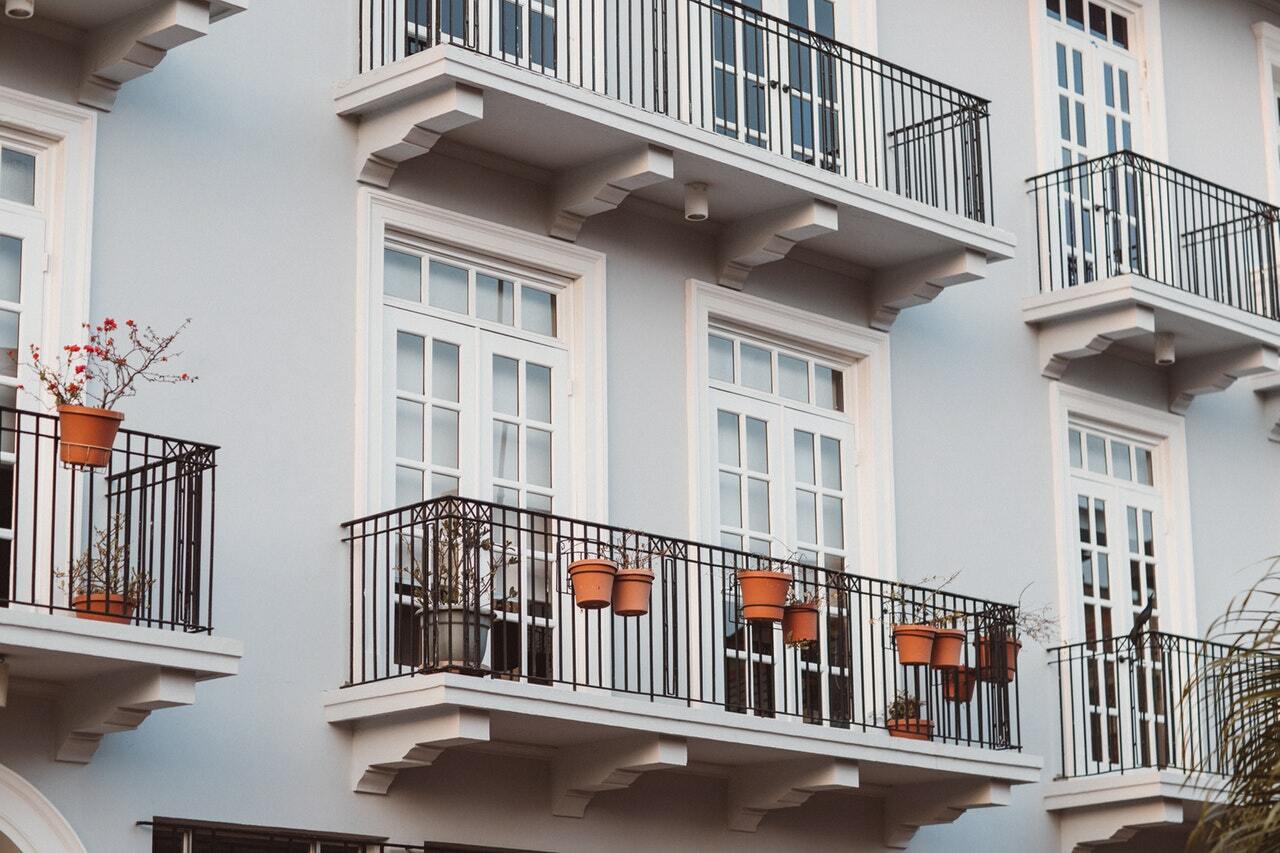An accessory dwelling unit (ADU) is essentially a secondary dwelling area kept on the same grounds as a single-family residence. An ADU can be attached to a primary residence, or it can be built separately (these are often referred to as granny flats). Those with enough acreage may want to add square feet to the property to help increase property value. They can also be built to house more amenities, furnishings, or to add a kitchen or more bedrooms. Some ADUs even function as entire living areas with their own den, kitchen, bedroom, and bathroom. Whether they’re attached to an existing residence or not, an ADU will have its own entrance, so different parties living on the property will be able to maintain privacy. While accessory dwelling units had largely fallen out of favor in the last century, they’re becoming more popular for a variety of reasons. Many people have the ability to add one to their property, and depending on where you live, it could be a great option for you.
Why Are ADUs Popular Now?
One of the biggest reasons that ADUs have become so popular is because of the affordable housing crisis, particularly on the West Coast. As fewer homes are being built, and the room continues to run out, having additional living space on your property is quite a boon. Building an ADU in a big city with the expert guidance of ADU Los Angeles regulations could be particularly advantageous, as it could turn your single-family home into space for two families. It could also help you house the whole family if other members are in need. Even a detached ADU could house a full kitchen and living space, and this is where the potential advantages for homeowners really shine.
Attached dwelling units give homeowners an easy option for collecting rent. Instead of having to rent out a bedroom or space in their main house, they can just rent the ADU to family members or other renters for extra income. Even if you don’t need the income, having more living space grants you more options for when your housing needs change. Suppose you have an aging family member who’s started having trouble getting around your existing living area. An ADU could be built with their needs in mind, so they can still stay on your property without requiring additional care.
Regulations
State laws regarding ADUs and other housing structures will vary, and you’ll likely have to deal with different zoning regulations depending on your city or local government. Naturally, whether you’re planning to build houses, ADUs, or even log cabins for sale or rental, you’ll need to have a building permit. Some cities may require you to obtain a specific permit for ADUs as well before starting construction. You may be limited to building certain sizes as well, depending on the space available on your property.
Under California state law, an ADU must be a minimum of 150 square feet with at least one habitable room with a floor area of at least 70 square feet. Some cities require these units to only be built on single-family lots, but some have started permitting construction on multi-family lots as well. Many cities still follow state standards.
Additional Benefits
ADUs are an efficient and environmentally friendly option for improving existing infrastructure and increasing housing density without having negative impacts on transit. In other words, they let you do more with less space. Smaller dwellings also tend to have a less negative impact on the environment, not to mention ADUs help decrease the odds of single-family houses being torn down.
It’s important to note that, legally speaking, an ADU is owned by the homeowners of the property it resides on. It can’t be bought or sold separately, only rented.







